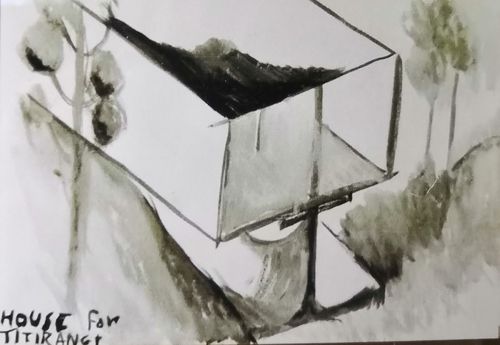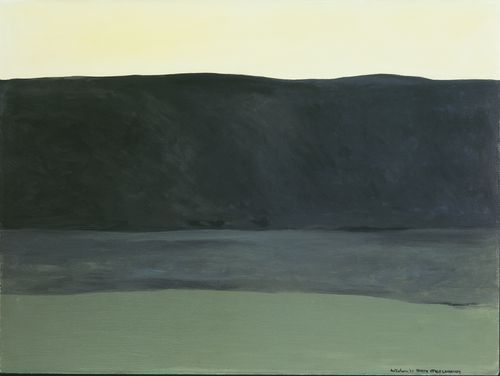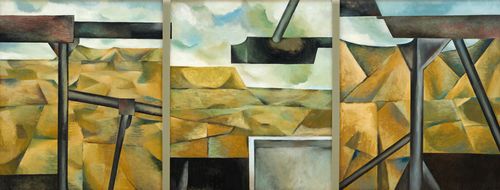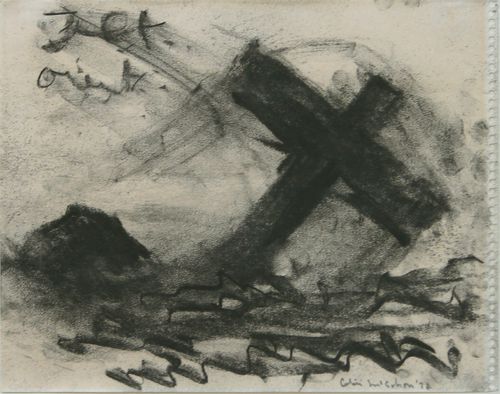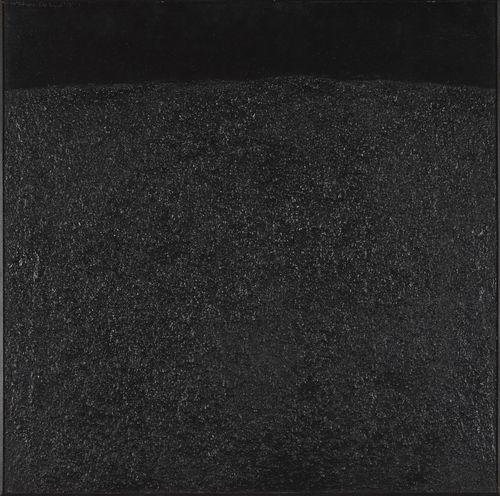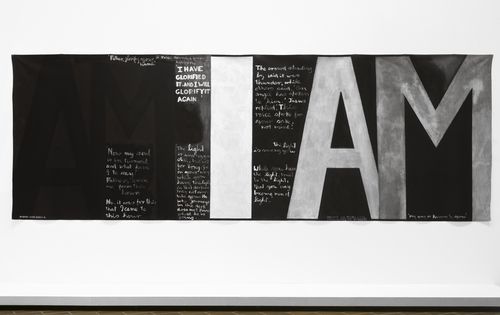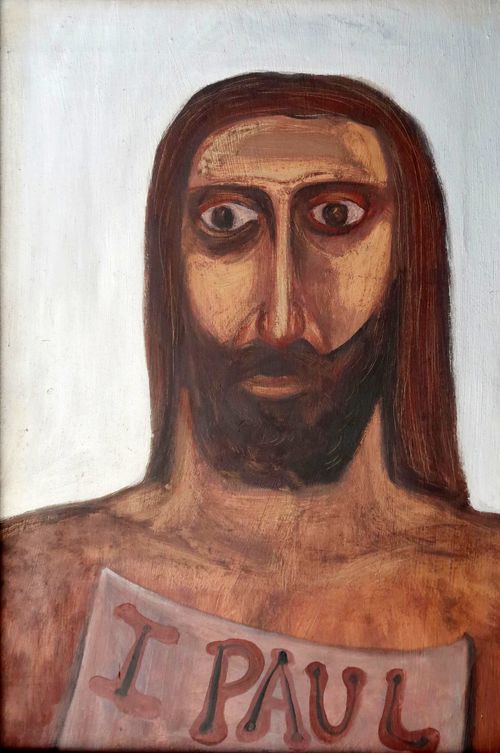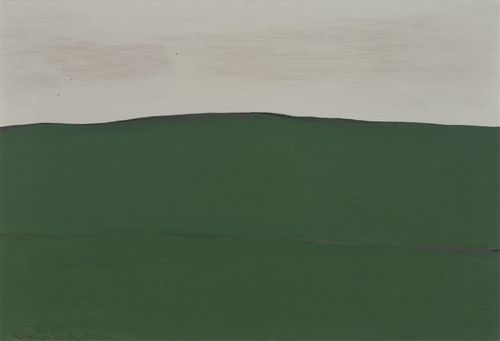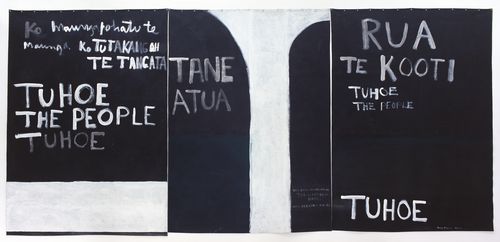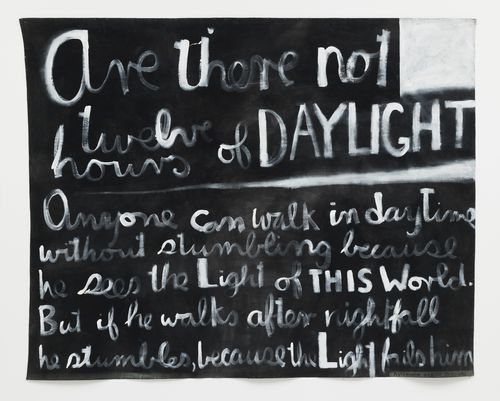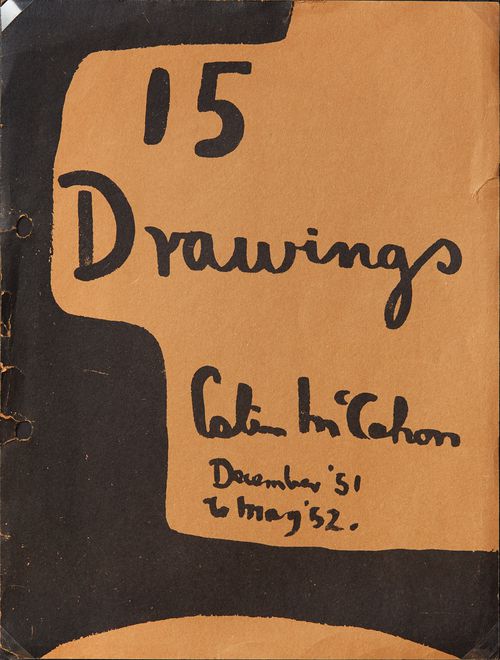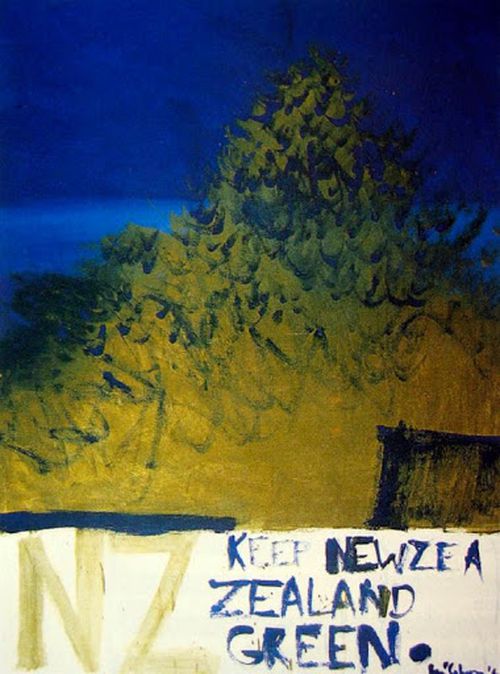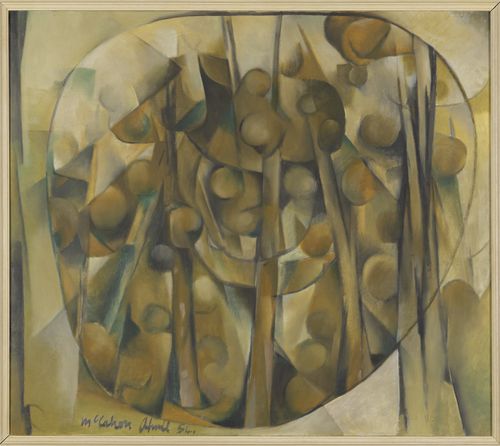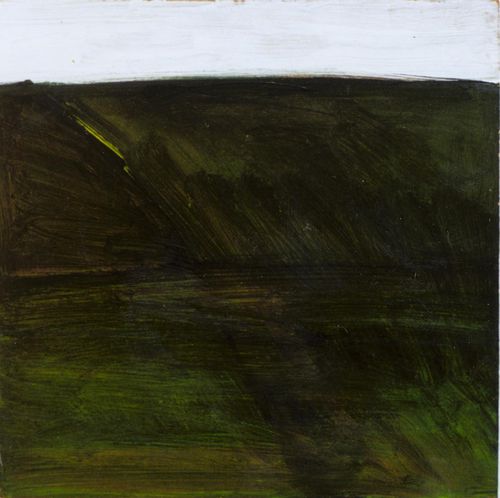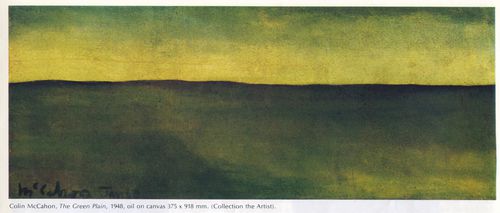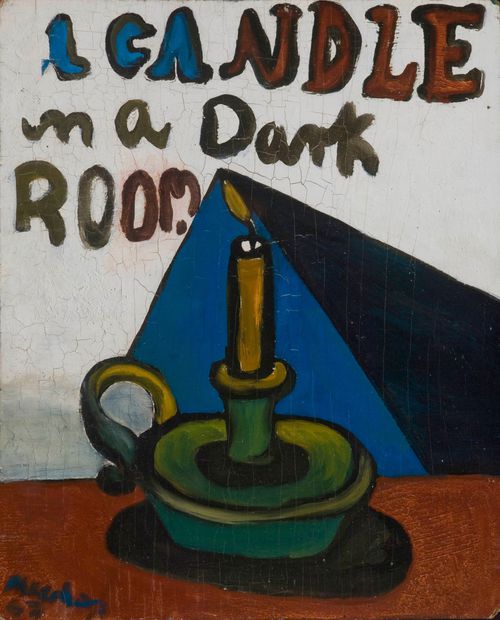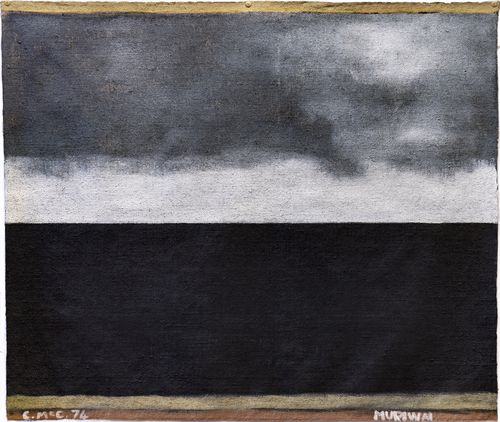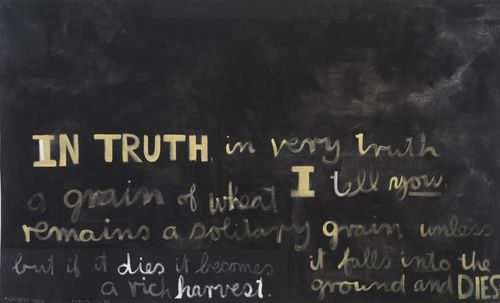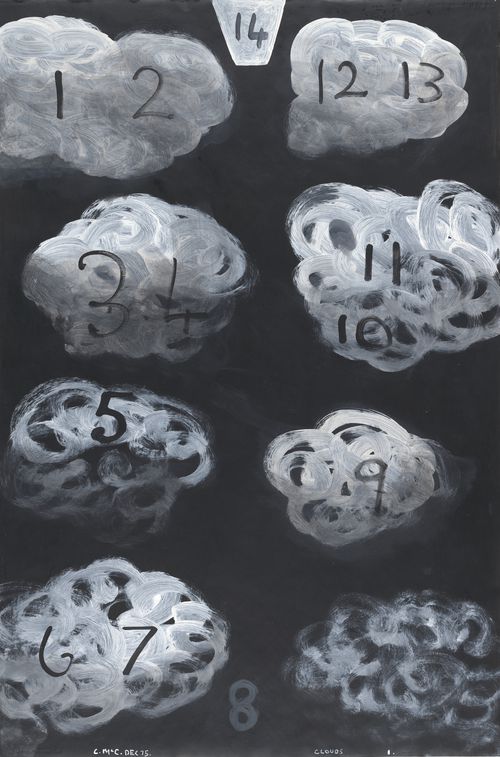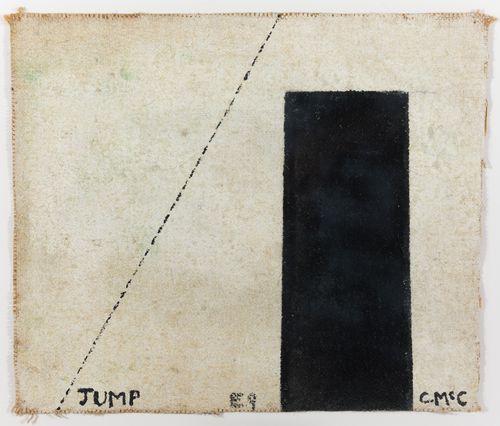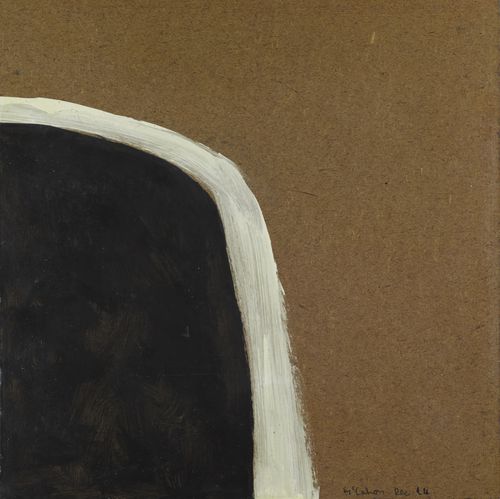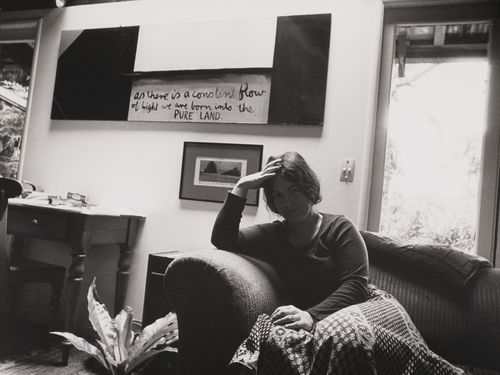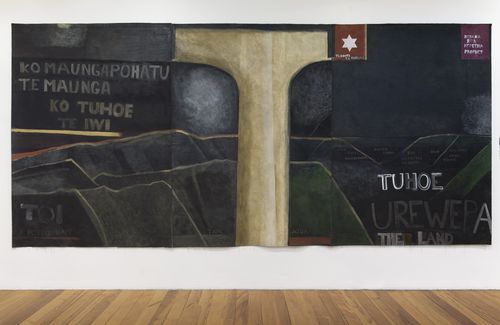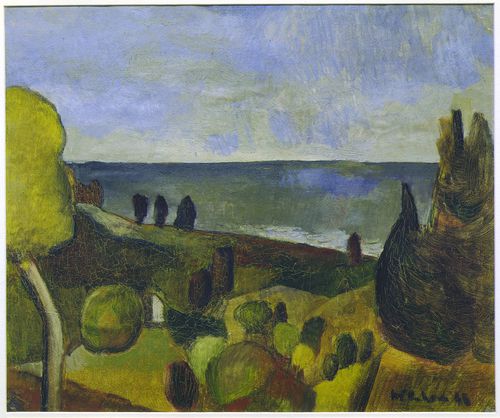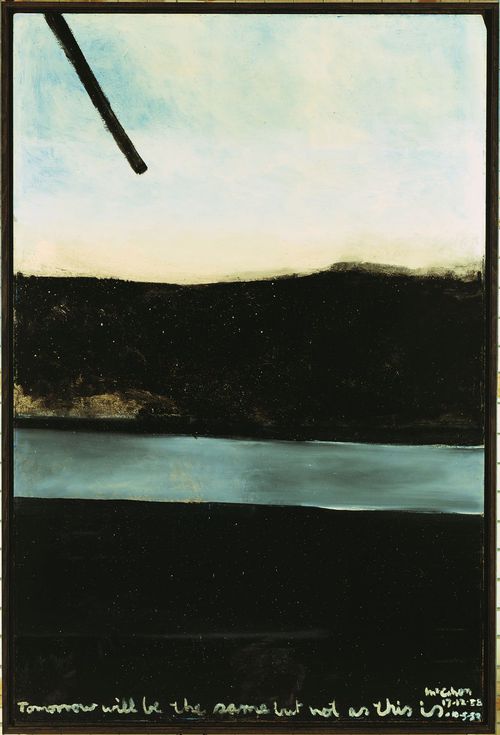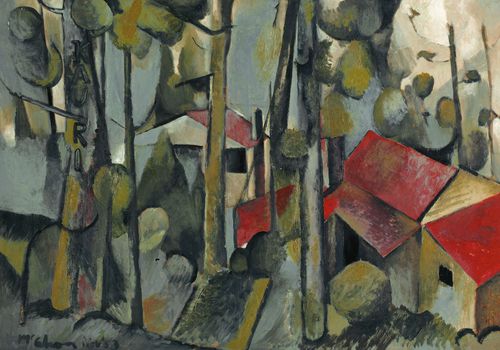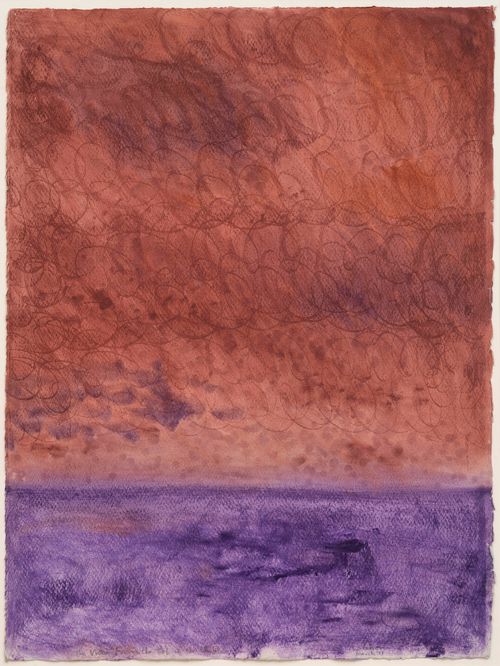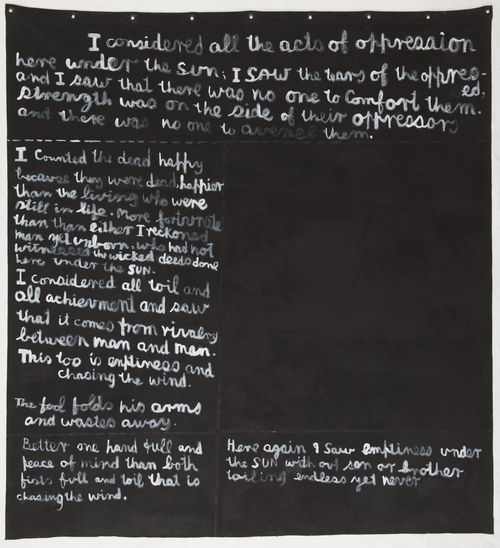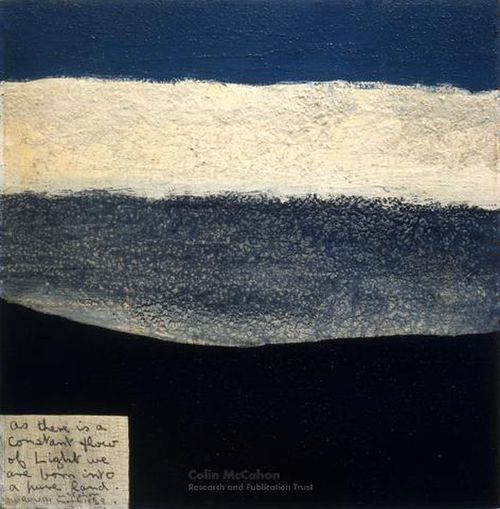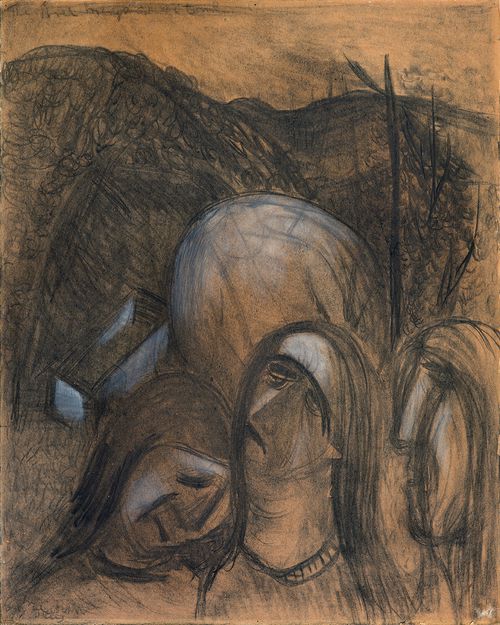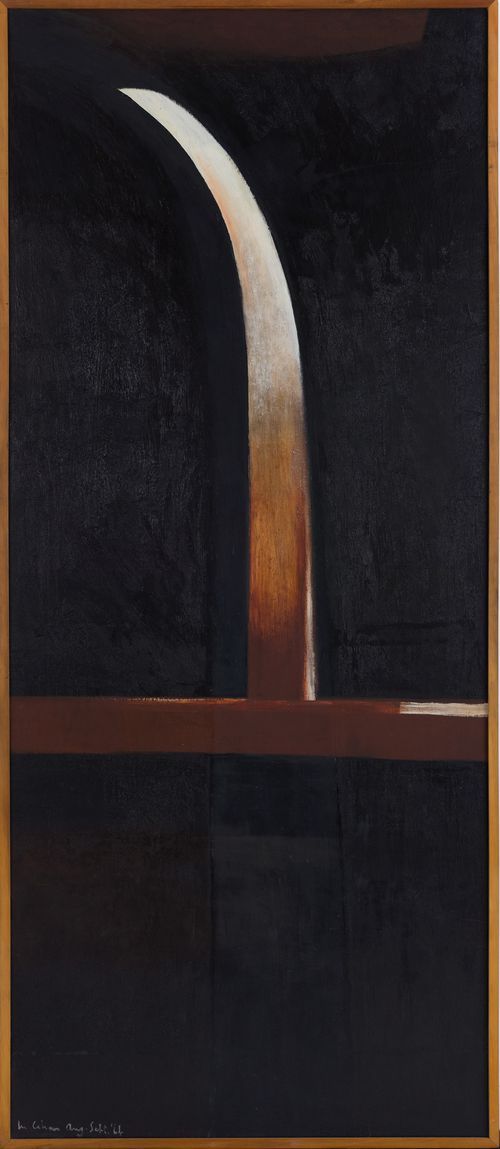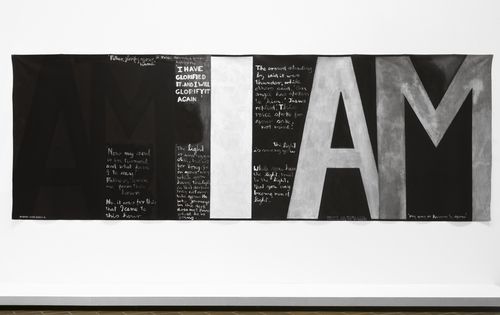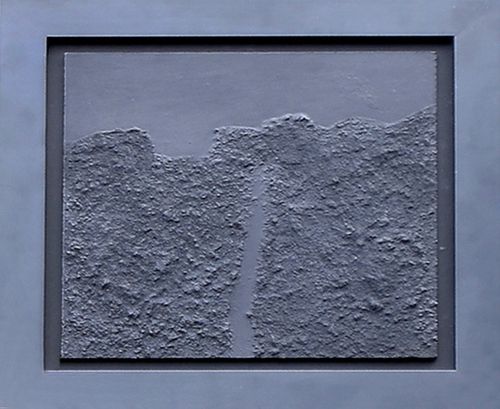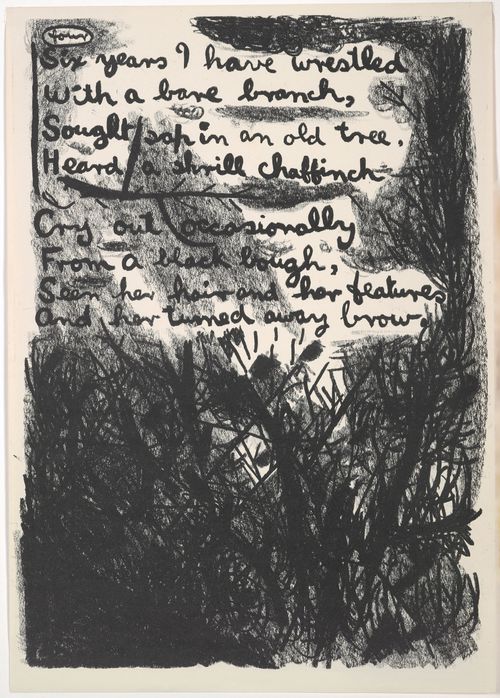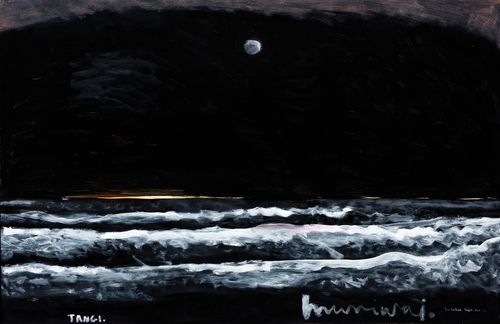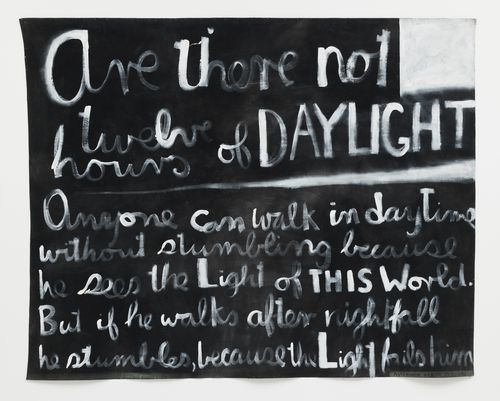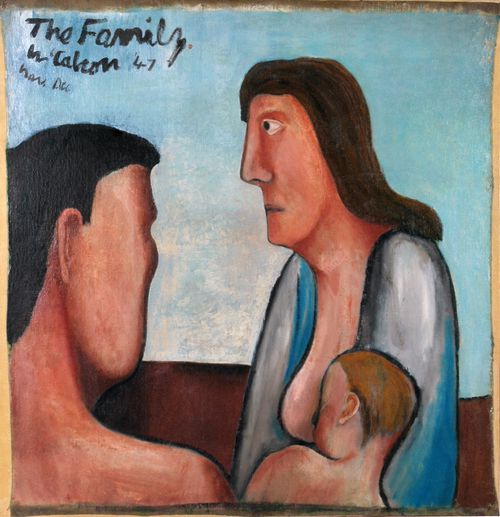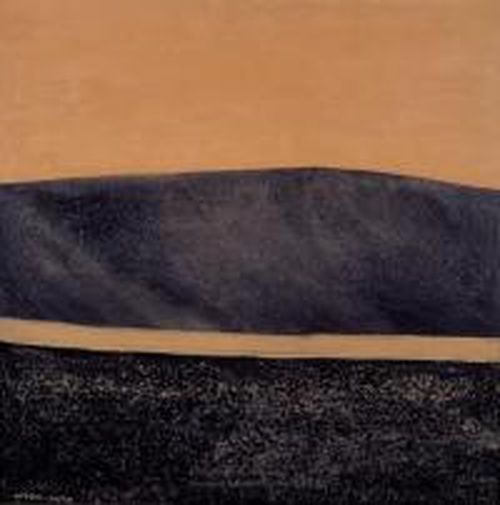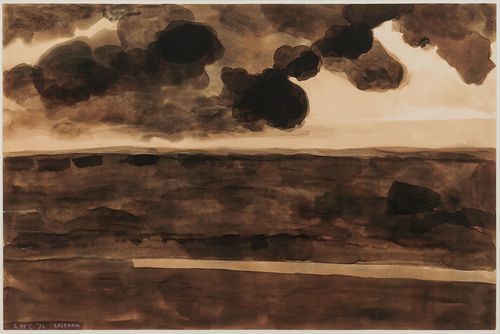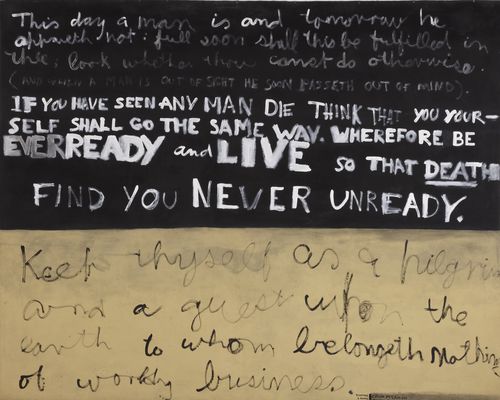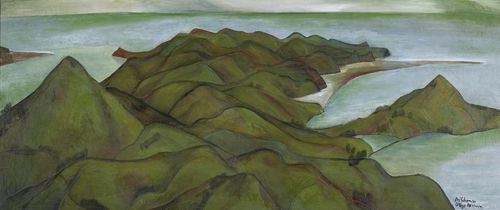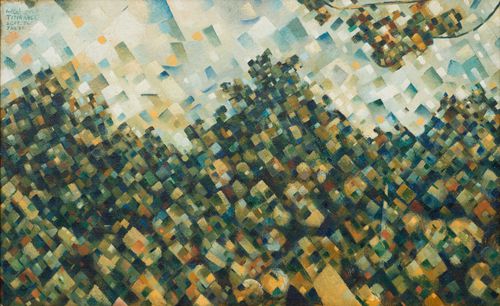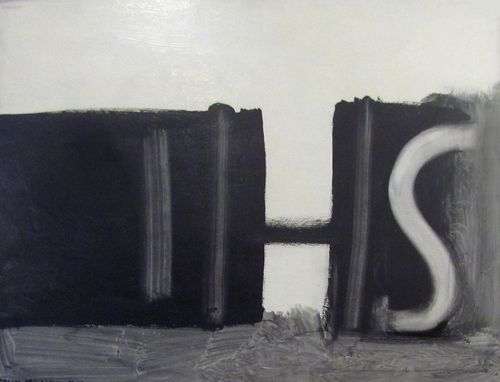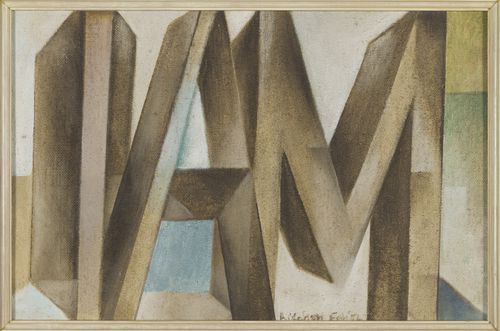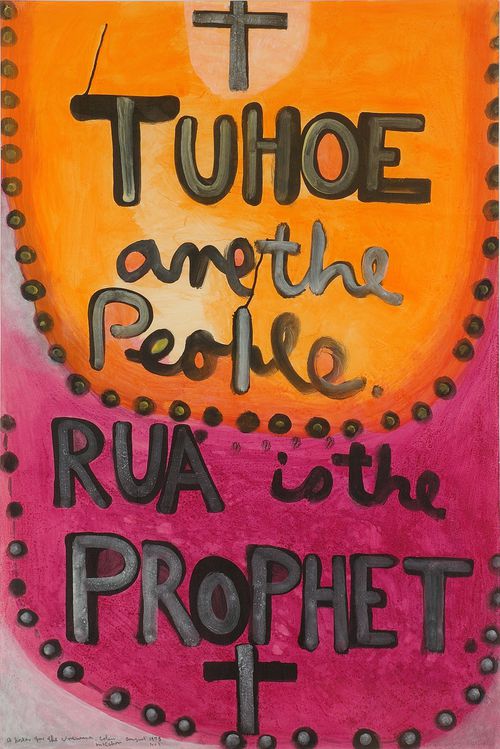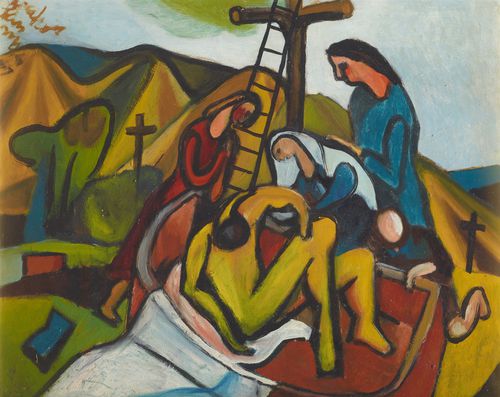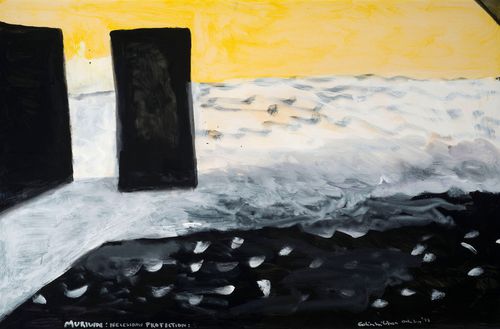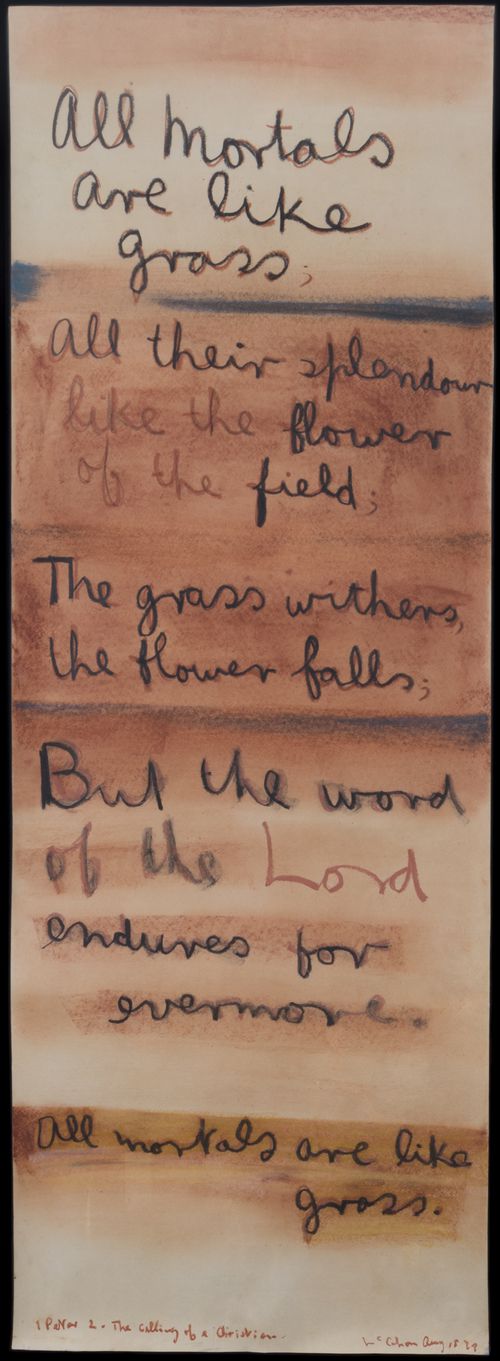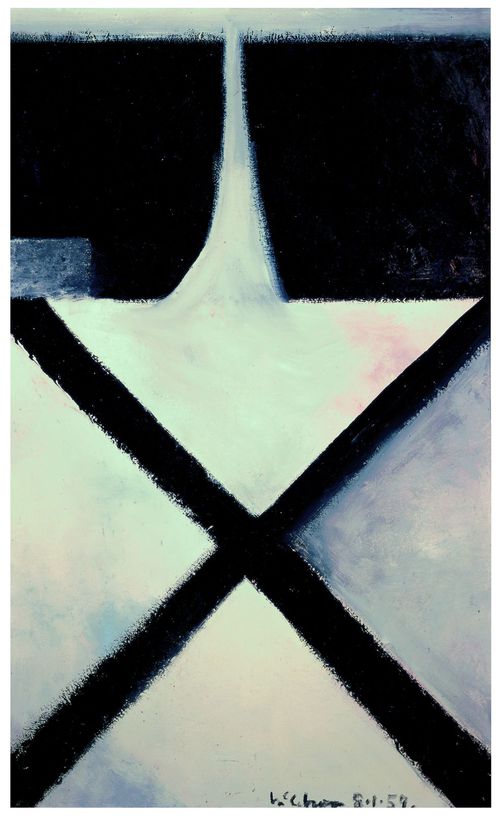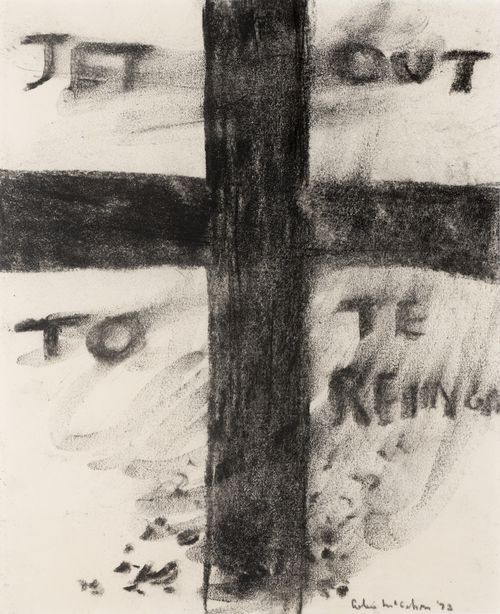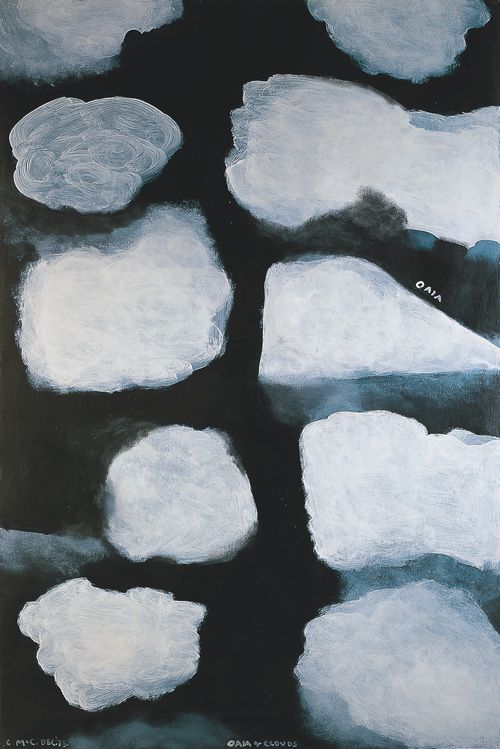North Otago Landscape 19
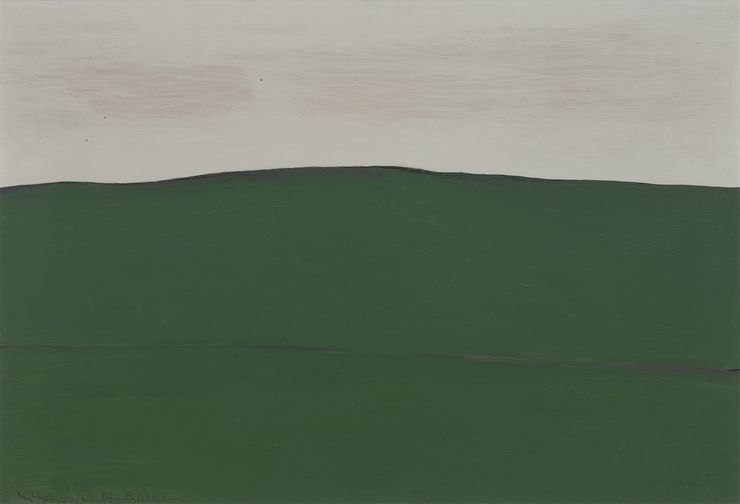
North Otago Landscape 19, 1967, synthetic polymer paint on hardboard, 564 x 826mm. Collection of Christchurch Girls' High School, courtesy McCahon Research and Publication Trust
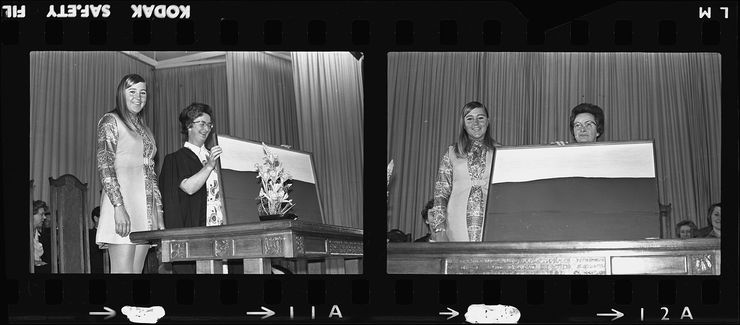
North Otago Landscape 19 is presented to the school, 12 November 1970. Left to right: Jan Hardie, president of the Young Old Girls at the time and Joan Prisk, Christchurch Girls High School principal. Image courtesy of The Star and Christchurch Public Library
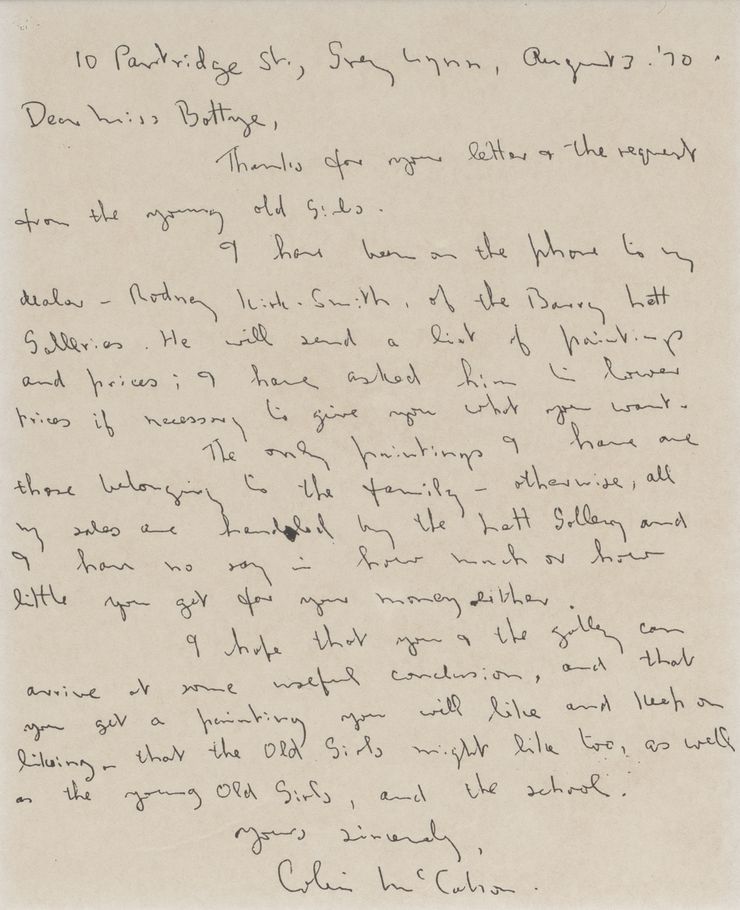
Letter from McCahon
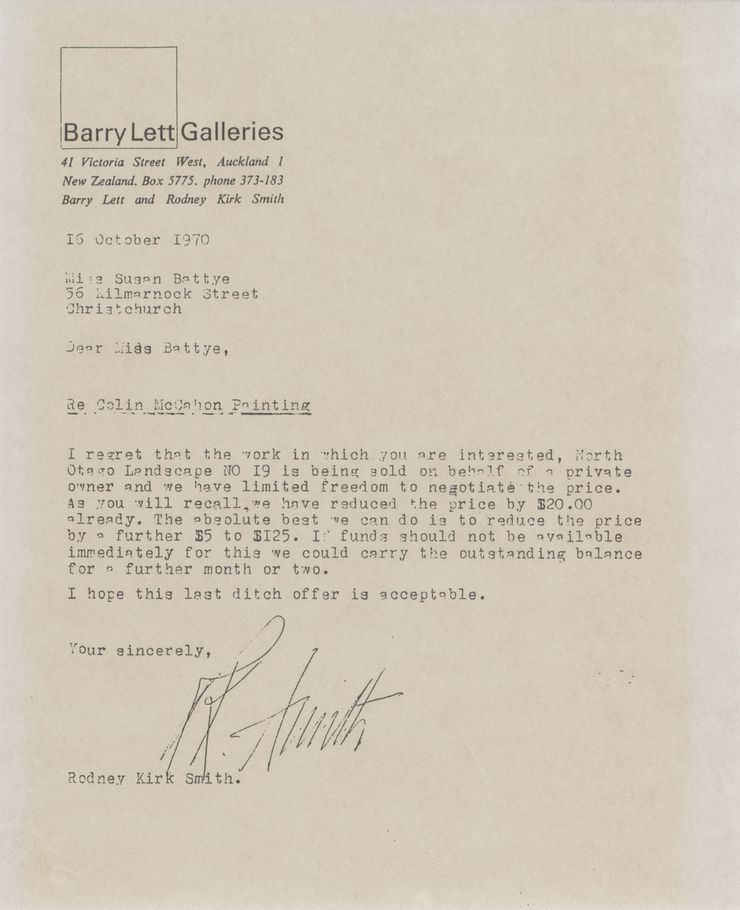
Letter from Barry Lett Gallery
Young Old Girls Christchurch Girls’ High
How the Young Old Girls made some money … and what they did with it
It was 1969, our first year out of school and into the big wide world. All around the Western world, and even in some communist countries, young people were breaking out and challenging the status quo.
The Swinging Sixties had led to the demise of the traditional ‘coming out’ debutante ball. These deb balls were a colonial copy of the formal English ‘coming out’ tradition. Typically, a young aristocratic or upper-class woman ‘came out’ into society when presented to the ruling monarch at a ‘debut’ formal ball. It was how parents showed their social status and displayed their daughters to ‘suitable’ marriageable young men. In New Zealand these balls were common up to the 1950s and early 60s. The debs dressed in virgin white formal gowns, with long white gloves, coiffured hair and full make up. Proud and nervous fathers presented their daughters to someone like the head of the board of governors, or, if it was a church school, to the bishop. Formal photos were taken to be displayed with pride on the family’s mantle-piece.
By 1969 very few school leavers wanted to be debs at the Old Girls’ Association ball. Most of us just weren’t interested. It didn’t help that it was a ‘dry’ alcohol-free zone. So, a small group of us decided to forget about the deb ball and run our own do. We called ourselves the Young Old Girls (YOG). We booked a large venue (the then Horticultural Hall on the corner of Gloucester Street and Cambridge Terrace) and the best dance band of the day (The Chapta), organised food and drinks and advertised madly. We counted on selling plenty of tickets to pay our bills. Some of our parents worried we’d end up in debt.
We flooded places like the university and the Nurses’ Home with hand-drawn posters we and friends produced. You couldn’t go to a university lecture without seeing posters for our ‘wet’ ball. Tickets began to sell and we were away. We sold 700 tickets, quite a feat for those times, had our ball, with alcohol permitted, and it was a really good night.
Against expectations we made a profit. This was never our intention so we decided to gift something to the school. One of our group, Susan Battye, had the idea to buy a painting and thought of getting one by a contemporary New Zealand painter. She talked to a friend keen on painting (Michael Hamblett) and with a good knowledge of New Zealand painters. He suggested buying a Colin McCahon painting, very likely to provide more of a challenge with the gift. Susan wrote to McCahon and got a very encouraging reply, saying he would tell his dealer, Barry Lett, to give us a good deal. The picture was chosen; the deal was worked through. And it was a good one! By October 1970 we had acquired a McCahon: North Otago landscape, 19, painted with synthetic polymer on hardboard.
In his introduction to the catalogue for the exhibition of his North Otago landscapes at Auckland’s Barry Lett Gallery in October 1967, McCahon wrote:
These landscapes are based on places I have seen and known ... Unlike many other parts of the country the landforms of North Otago suggest both age and permanence. They have been formed, not by violence, but by the slow processes of normal erosion on more gentle landscape faulting than has happened elsewhere. In painting this landscape I am not trying to show any simple likeness to a specific place. These paintings are most certainly about my long love affair with North Otago as a unique and lonely place, they are also about where I am now ... These paintings stand now as a part of a search begun in Dunedin, continued in Oamaru and developed by the processes of normal erosion since then. The real subject is buried in the works themselves and needs no intellectual striving to be revealed – perhaps they are just North Otago landscapes.1
Later in 1970, two of the Young Old Girls – Susan Battye and Jan Hardie – went along to the school and presented the painting to a bemused assembly. Students even laughed. Fittingly, Val Heinz, the very supportive Head of Art, was there. As Jan said at the time, the Young Old Girls hoped the gift would stimulate discussion of both the painting and of art in general.
Through the years, McCahon’s paintings have attracted controversy, though he has always also had his supporters. During the 1960s he was “increasingly successful in having his work shown and recognised both in New Zealand and internationally”.2 Like his work or not, he is now widely acknowledged as New Zealand’s foremost painter and one of the few known internationally.
The school’s painting has very good provenance as Susan presented the school with the letter from Colin McCahon, in his distinctive handwriting, along with the letter from dealer Barry Lett. Both are framed and hang alongside the painting. The story behind its purchase all adds to the painting’s interest.
In 2017 I contacted the school when a CCGHS school friend was staying and we went along to have a look at the painting again. When we realised the fiftieth anniversary of leaving school and then eventually running our YOG ball that led to the painting’s purchase, was coming up soon, we decided we should mark it in some way. I got in touch with as many of the ball organisers as I could recall and track down. They were keen.
1 August 2019 was also the one hundredth anniversary of Colin McCahon’s birth; an appropriate time to relate the story behind the gift and appreciate the painting.
On Friday, 2 August, six of the ball organisers went along to their old school. The McCahon painting was displayed in the Performing Arts Centre for the students, staff and caregivers to get a good look at it and hear more about the story and McCahon.
[1] https://nzhistory.govt.nz/media/photo/north-otago-landscape-no-2-colin-mccahon
[2] http://www.mccahon.co.nz/cmccahon
- Annette Hamblett (née Sprosen)
